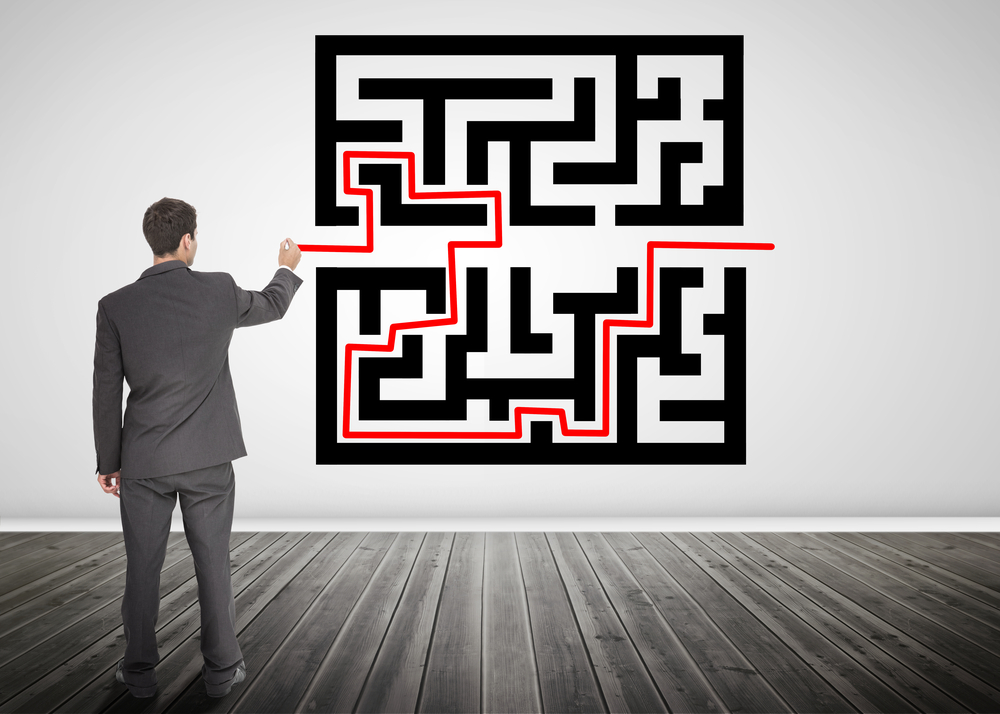QR Codes And Accessibility: An Exploration Of Making Information More Accessible

Quick Response codes, or QR codes, are two-dimensional barcodes that can be scanned by the camera on a smartphone. In the past few years, they have become more popular because they can quickly and easily connect users to digital material. While QR codes have been traditionally used for marketing purposes, they also have the potential to improve accessibility for people with disabilities. Here, we have explored how QR codes can be used to make information more accessible to people with disabilities, including those who are visually impaired or have difficulty using traditional interfaces.
Accessibility And Disability
Accessibility means that goods, services, and environments are made so that everyone can use them. People with disabilities confront several hurdles to information and services, which can have a negative influence on their quality of life. In many cases, simple solutions like QR codes can make a significant difference in improving accessibility.
The World Health Organization estimates that approximately 15% of the global population, or over one billion people, live with some form of disability. Of these, approximately 2.2 billion people have vision impairments or blindness. Many of these individuals rely on assistive technologies, such as screen readers, to access digital content. However, these tools are often limited by the accessibility of the content they are trying to access. This is where QR codes can play an important role.
QR Codes And Accessibility
QR codes can be used to make digital content more accessible by providing a quick and easy way to access information. Here are some examples of how QR codes can be used to improve accessibility for people with disabilities:
Audio Descriptions: QR codes can be used to provide audio descriptions of visual content, such as photographs, artwork, or maps. By using a smartphone to scan the QR code, users can listen to a description of the visual material. This makes the experience more accessible to people with disabilities.
Signage: QR codes can be used to provide additional information on signs, such as in museums, galleries, or public buildings. For example, a QR code on a sign in a museum could provide an audio description of an exhibit for people who are blind or visually impaired.
Accessibility Guides: QR codes can be used to provide accessibility guides for public spaces, such as parks or cities. These guides can provide information on accessible routes, facilities, and services, making it easier for people with disabilities to navigate and enjoy these spaces.
Medical Information: QR codes can be used to store medical information, such as emergency contacts, allergies, and medical conditions. In an emergency, first responders can scan the QR code to quickly access this information, potentially saving lives.
Product Information: QR codes can be used to provide product information in a more accessible format. A QR code on a food container, for example, might include ingredients, allergies, and nutritional information in a screen reader-friendly format.
Challenges And Considerations
While QR codes have the potential to improve accessibility, there are also some challenges and considerations to keep in mind. Here are some of the main ones:
Technology: QR codes require a smartphone and a reliable internet connection to access the digital content. This means that people without smartphones or internet access may not be able to benefit from QR codes.
Education: QR codes may not be familiar to everyone, particularly older adults or people with cognitive disabilities. Providing clear instructions and education on how to use QR codes can help overcome this barrier.
Design: QR codes need to be designed in a way that is easy to scan and compatible with different devices and screen readers. This can require some expertise and testing to ensure that the QR codes are accessible to everyone.
Privacy: QR codes can potentially collect personal information or be used for tracking purposes. It is important to ensure that the use of QR codes is transparent and complies with privacy regulations to protect the privacy of users.
Maintenance: QR codes require regular maintenance to ensure that the digital content they link to is up-to-date and accessible. This can require ongoing resources and commitment to ensure that the QR codes are a sustainable solution.
Best Practices
To ensure that QR codes are used effectively and inclusively, here are some best practices to consider:
Test For Accessibility: Test the QR codes with different devices and screen readers to ensure that they are accessible to everyone.
Use Accessible Design: Design the QR codes in a way that is easy to scan and compatible with different devices and screen readers.
Provide Instructions: Provide clear instructions on how to use the QR codes and what information they provide.
Ensure Privacy: Ensure that the use of QR codes complies with privacy regulations and is transparent in how it collects and uses personal information.
Conclusion
QR codes have the potential to make digital content more accessible for people with disabilities, providing a simple and effective solution to improving accessibility. From audio descriptions to medical information, QR codes can provide a range of benefits to people with disabilities, making it easier for them to access information and services. However, it is important to consider the challenges and best practices to ensure that QR codes are used effectively and inclusively. With the right approach, QR codes can be a valuable tool in promoting accessibility and inclusion for all.
